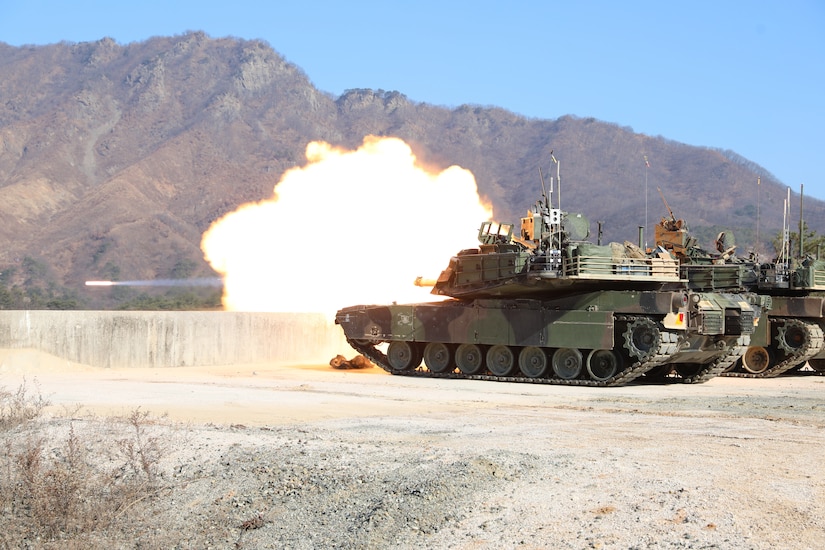Dec. 4, 2020 | , DOD News
On Sept. 8, Deputy Secretary of Defense David L. Norquist signed Defense Department Directive 5000.01, "The Defense Acquisition System."
It supports the National Defense Strategy by improving on business reform and developing a more lethal force based on faster delivery of technological innovation and a culture of performance that yields a decisive and sustained U.S. military advantage, said Ellen M. Lord, undersecretary of defense for acquisition and sustainment.

Speaking yesterday at the National Training and Simulation Association, Lord recalled how the environment looked several years ago. "U.S. technological advantage was beginning to fade a bit, and our acquisition system was too slow and risk averse for us to keep up with our adversaries. So, the department required new, wide-ranging asymmetric capabilities to counter threats, and disruptive technologies to ensure our overmatch, and a fundamentally different acquisition approach that leverages speed, innovation and risk-taking to give U.S. forces the capabilities needed for future operations."
She said the directive supports the six goals within the A&S mission:
- To enable acquisition innovation approaches that deliver warfighting capability at the speed of relevance;
- To build a safe, secure and resilient defense industrial base that's both commercial and organic;
- To ensure safe and resilient DOD installations;
- To increase weapon system mission capability while reducing operating costs;
- To promote acquisition and sustainment initiatives with key international partners;
- To recruit, develop and retain a diverse acquisition and sustainment workforce.
Besides delivering needed capability to the warfighter at the speed of relevance, Lord noted that the directive also focuses on improved sustainment of those weapons systems. She noted that 70 to 80 cents on the dollar over the lifecycle of a program is focused on sustainment.

It's also the first major reform of the defense acquisition workforce management framework in almost three decades. "We are pivoting from a one-size-fits-all certification construct to a component-and-workforce-central, tailorable continuous learning construct," she said. "This shift to modern talent management will empower the workforce for success today and into the future."
Stacy A. Cummings, principal deputy assistant secretary of defense for acquisition, also spoke about developing the new directive.
"There is not just a one-size-fits-all in order to deliver capability," she said. "It's really about applying common sense and critical thinking to the decision making of the program manager, the program team, as well as the decision authority, and looking at what is the right acquisition strategy for that capability."

Cummings added that the department is working to capture lessons learned and looking for pathways that are flexible, adaptive, innovative and spur critical thinking.







No comments:
Post a Comment